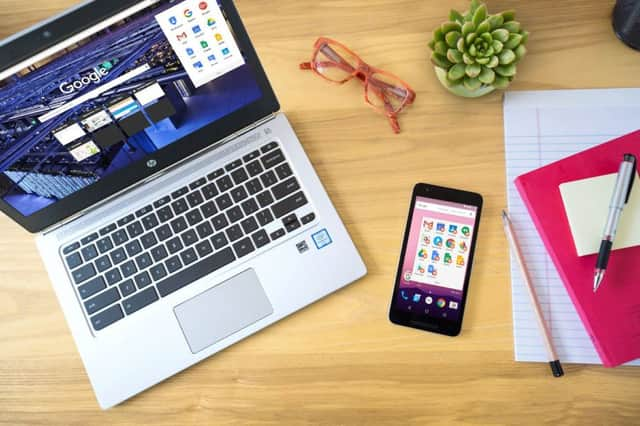How to customise every bit of your Android phone's home screen


Apple is big on control. It doesn’t allow other companies to make iPhones or to market apps that don’t fit its strict set of guidelines.
That isn’t a bad thing - it reduces the chance of rogue software making the phone misbehave. But it does mean that apps which are allowed into the app store are limited to those functions which Apple deems allowable.
Advertisement
Hide AdAdvertisement
Hide AdAndroid phones, on the other hand, are a free-for-all. Google makes the Android system but most of the hardware comes from Samsung, Sony and other manufactures, all competing to out-do each other on looks, price and functionality. The choice is enormous.
And though Google does impose some controls on what Android apps are allowed to do, the boundaries are wider. Apps in Google’s Play Store don’t have to be vetted before going on sale, and some now offer a level of customisation for your Android handset that Apple users could simply not countenance.
Your home screens, in particular, are a blank sheet of paper so far as Google is concerned. You can fill them with widgets - themselves an Android-only feature - or shortcuts that dial home or take you to your most-used web pages. And with the latest generation of “alternative launcher” apps, that’s just the beginning.
Suddenly, your screen is not constrained to four rows and five columns of standard-sized icons; you can have as few or as many as you like. If you want the icons bigger or smaller, you can. And if you don’t like the five “docked” ones at the bottom of each screen, you can get rid of them.
Advertisement
Hide AdAdvertisement
Hide AdIt’s not commonly realised that the “Google Now” widgets on recent versions of Android are themselves part of a launcher - the standard one built into Android. But there are many others freely available.
Among these is Evie, a free app that lets you redesign your home screens completely and introduces new finger-gestures to search and to put the phone instantly to sleep. It also makes the lock screen more flexible, and when you do search, you can do so within your apps and contacts, not just the web.
Nova Launcher goes further still, allowing you to customise almost every aspect of the user interface, including the icons themselves. The basic app is free, an advanced version costs £4.
iPhones have launchers, too, but they are horses of a different colour. The best of them, the £5 Launch Centre Pro, is really just a screen that lets you create shortcuts for common tasks - something which Android does by default.
Advertisement
Hide AdAdvertisement
Hide AdThe fact that iPhones are not endlessly tweakable is, for many users, a blessing. They’re like toasters or hair dryers: you take them out of the box and they do what you want, without much intervention from you.
And the ability to customise your Android phone does not, in the final analysis, make it do anything it couldn’t do already - but it is a convenience, and on such a Swiss army knife of a device, anything that helps you access the tool you want can’t be bad.